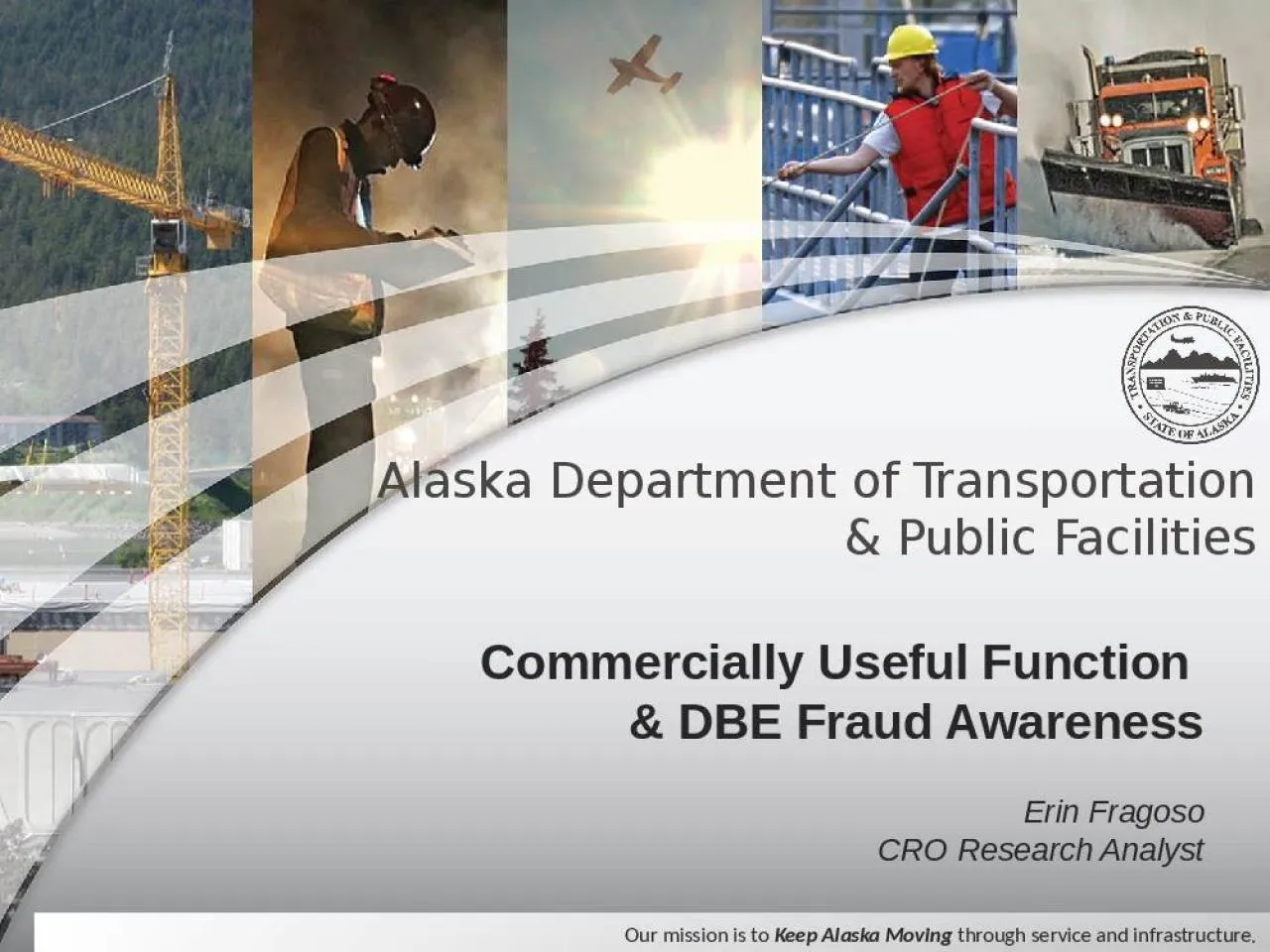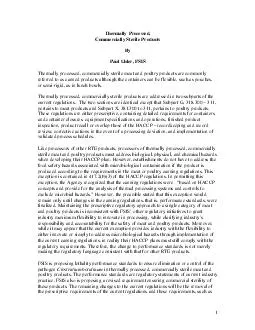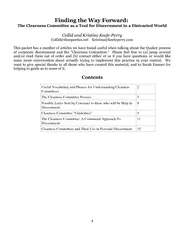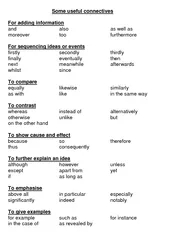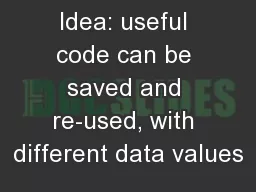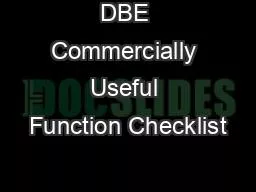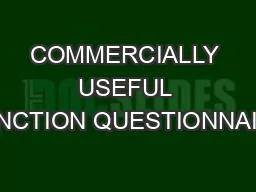PPT-Commercially Useful Function
Author : cadie | Published Date : 2022-02-24
amp DBE Fraud Awareness Erin Fragoso CRO Research Analyst US Department of Transportation 3262021 49 CFR 2655 c Count expenditures to a DBE contractor toward DBE
Presentation Embed Code
Download Presentation
Download Presentation The PPT/PDF document "Commercially Useful Function" is the property of its rightful owner. Permission is granted to download and print the materials on this website for personal, non-commercial use only, and to display it on your personal computer provided you do not modify the materials and that you retain all copyright notices contained in the materials. By downloading content from our website, you accept the terms of this agreement.
Commercially Useful Function: Transcript
Download Rules Of Document
"Commercially Useful Function"The content belongs to its owner. You may download and print it for personal use, without modification, and keep all copyright notices. By downloading, you agree to these terms.
Related Documents

